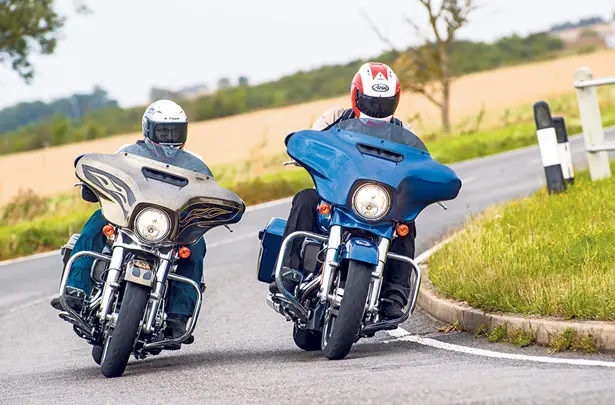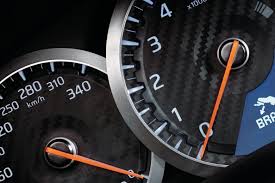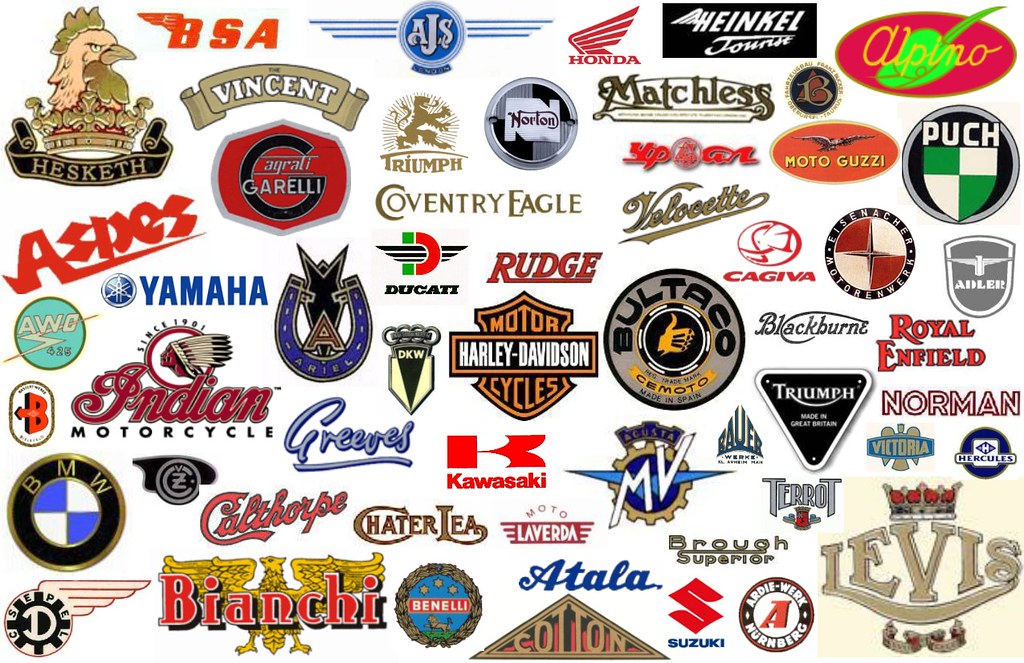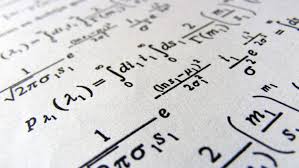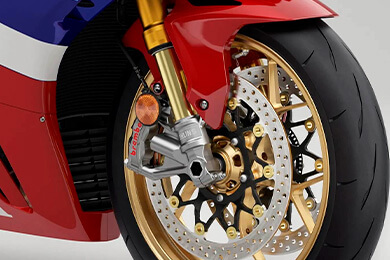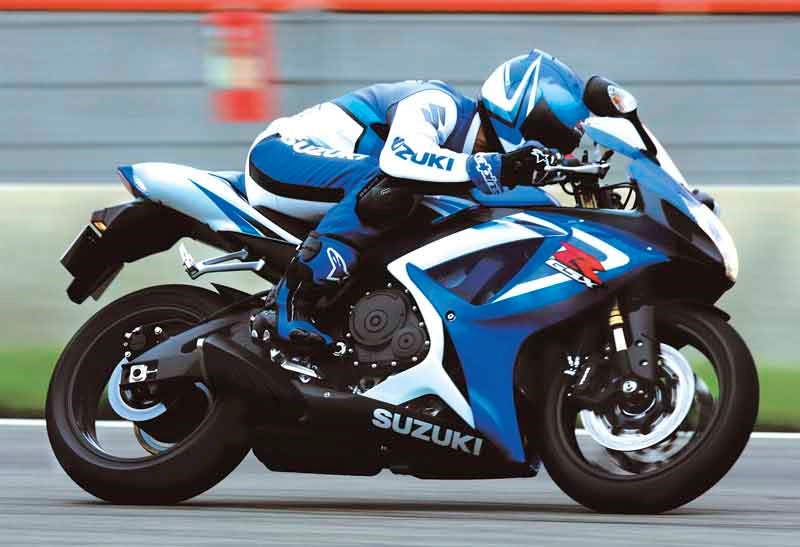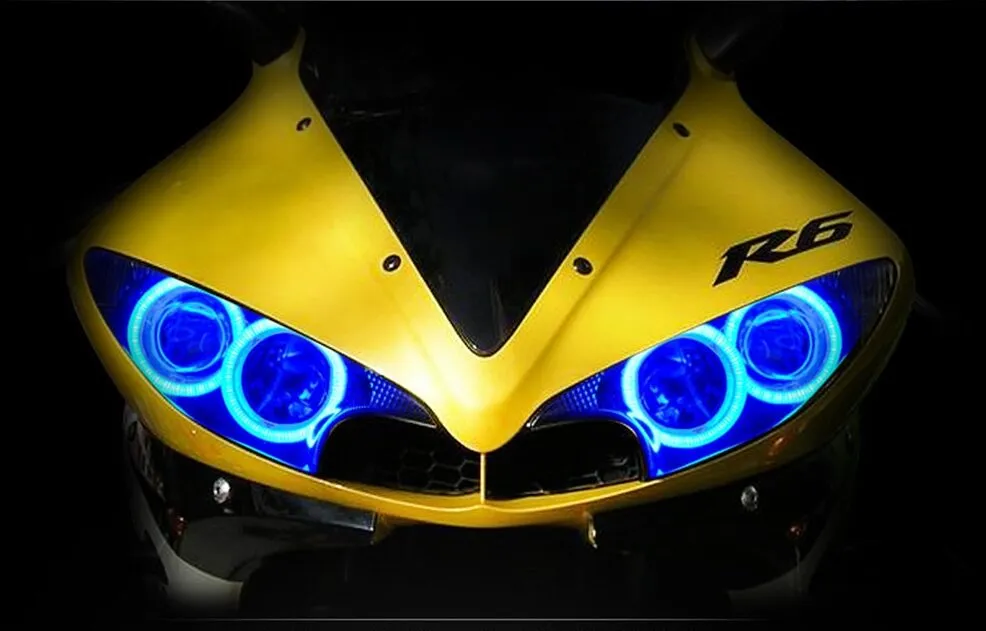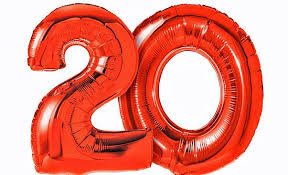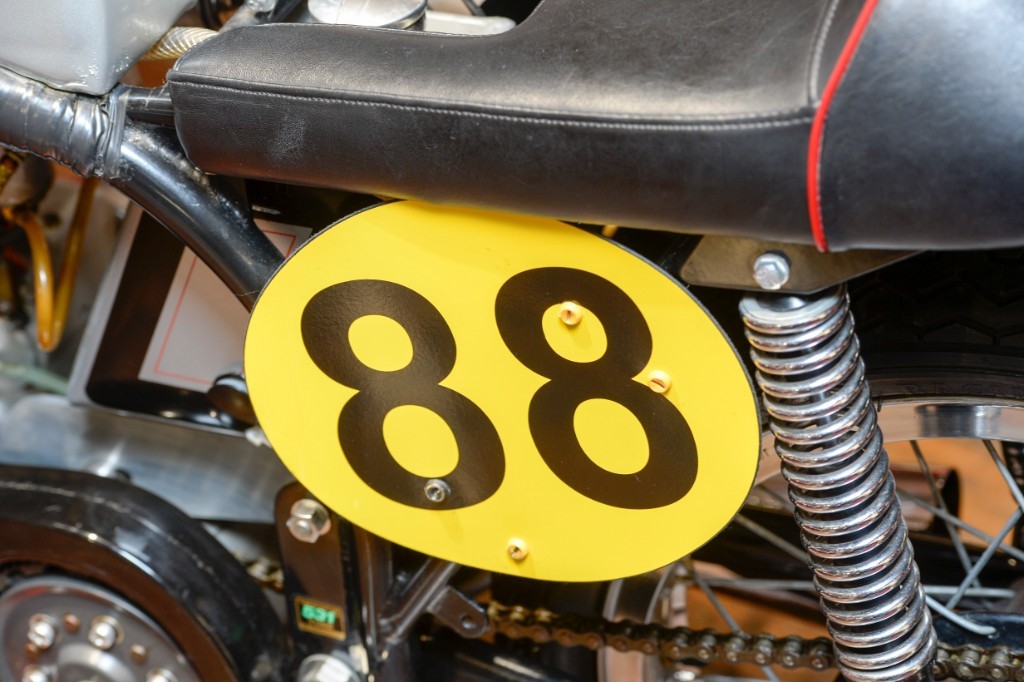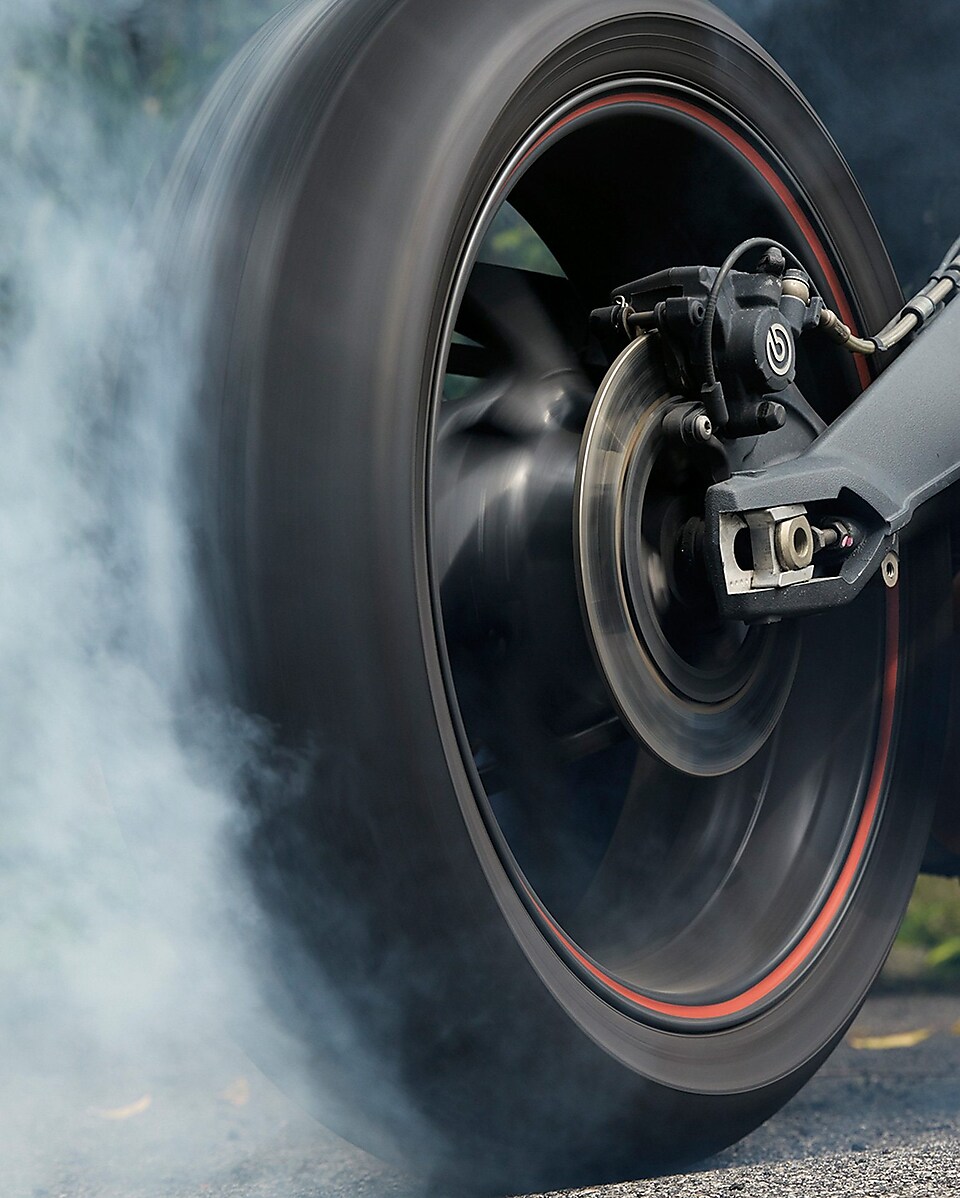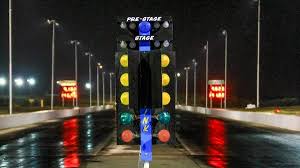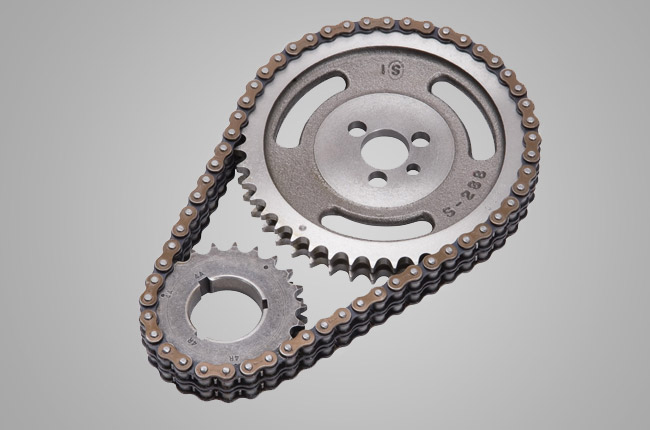


This edition of the Suzuki GSX-R 1100 DOHC is the 5 speed | Manual version and was first brought out in 1988. This was at around the same time as the introduction of the 1989 Suzuki GS 500 E and the 1988 Suzuki TV 250 Wolf.This particular Suzuki GSX-R 1100 has a 1052cc Air cooled, Two stroke, Transverse Petrol powerplant with 4 cylinders and Carburettor.
The 1988 GSX-R 1100 shares its Transverse engine and Sport style configuration with the likes of the 2020 Norton Superlight SS and the 2019 Norton Superlight Twin. Alternatively, if you're looking for other bikes which share the GSX-R 1100's Sport style with a similar size of engine then how about the 2020 Norton Superlight SS | 2020cc.2019 Norton Superlight Twin | 2019cc.
Weighing in at 204 kgs (449 lbs) this makes the Suzuki GSX-R 1100 DOHC in the same weight category as the 2025 Yamaha Tenere 700 Rally or the 2025 Kawasaki Z 900 DOHC, give or take 50kg.
In terms of power the 1052cc 16 valve Transverse 4 cylinder engine produces 125 bhp (93 kW) @ 9500 rpm similar to the 2025 Yamaha YZF-R9 Triple [117.4 bhp (87 kW) @ 10000 rpm] or the 2025 Yamaha Tracer 9 GT [119 bhp (88 kW) @ 10000 rpm].
The DOHC Two stroke unit throws out torque of 76.0 lb-ft (103.0 Nm) @ 8000 rpm placing it alongside motorbikes of similar performance figures such as the 2025 Yamaha Tracer 9 GT [68.5 lb-ft (93.0 Nm) @ 7000 rpm] and the 2025 Yamaha MT-09 Y-AMT [68.5 lb-ft (93.0 Nm) @ 7000 rpm].
If one combines the weight with power or torque performance for the Suzuki GSX-R 1100 you can get a better idea of it's real world performance.
![Honda CBR 900 RR Fireblade - [1996] image Honda CBR 900 RR Fireblade - [1996] image](/editionimages/b/default.jpg)
The 1996 Honda CBR 900 RR Fireblade has similar Bhp Per Ton stats as the 1988 Suzuki GSX-R 1100 DOHC.
The 1988 Suzuki GSX-R 1100 DOHC has a Power to weight ratio of 612.7 bhp per ton and 372.5 lb-ft per ton. Bhp Per Ton figures of the 1988 GSX-R 1100 competing with the 1996 Honda CBR 900 RR Fireblade [637.2 bhp\ton] and the 2005 Honda CBR 600 RR [636.9 bhp\ton].
If you agree with the late great Carroll Shelby, then arguably an even better indicator of potential performance is Torque. Factor weight into the equation and you end up with - Torque per ton, with the Suzuki GSX-R 1100 generating around 372.5 lb-ft per ton. If you're curious as to what other motorbikes have as much torque to weight then look no further than the 2015 Yamaha V-Max 1.7 [396.8 lb-ft per ton] and the 2009 Yamaha V-Max 1.7 [396.8 lb-ft per ton].
With a 0-60mph time of 6.0 secs or a 0-100km/h (0-62mph) of 6.2 secs, this makes the Suzuki GSX-R 1100 DOHC similar in acceleration to the 2024 Honda CBR 600 RR (6.0 secs) and the 2021 Yamaha MT-09 Triple (6.0 secs). This Suzuki GSX-R 1100 DOHC also competes in terms of 0-60 mph and 0-100km/h with the 2018 Honda CB 250 R Neo Sports Cafe (0.0 secs) and the 2020 Norton Superlight SS (0.4 secs).
![Kawasaki Gpz 1000 RX - [1986] image Kawasaki Gpz 1000 RX - [1986] image](/editionimages/b/default.jpg)
Quarter Mile time is a close race between the 1988 Suzuki GSX-R 1100 DOHC and the 1986 Kawasaki Gpz 1000 RX
When talking about the performance of the 1988 Suzuki GSX-R 1100 DOHC on the drag strip it can reach a quarter mile in an estimated 10.7 secs @ 131 mph. Bikes with a similar performance down the quarter mile can be found in the 1986 Kawasaki Gpz 1000 RX (10.7 secs) and the 2009 Yamaha FZ1 Fazer Limited Edition (10.7 secs).
The 1988 version of the Suzuki GSX-R 1100 DOHC has a maximum speed of 155mph.
If maxing out your bike on the AutoBahn is your thing and you're wondering what's faster at the top end than the 1988 Suzuki GSX-R 1100 DOHC then how about a 2005 Kawasaki ZZR 1200 DOHC (167 mph) and the 2004 Kawasaki ZZR 1200 DOHC (167 mph).





